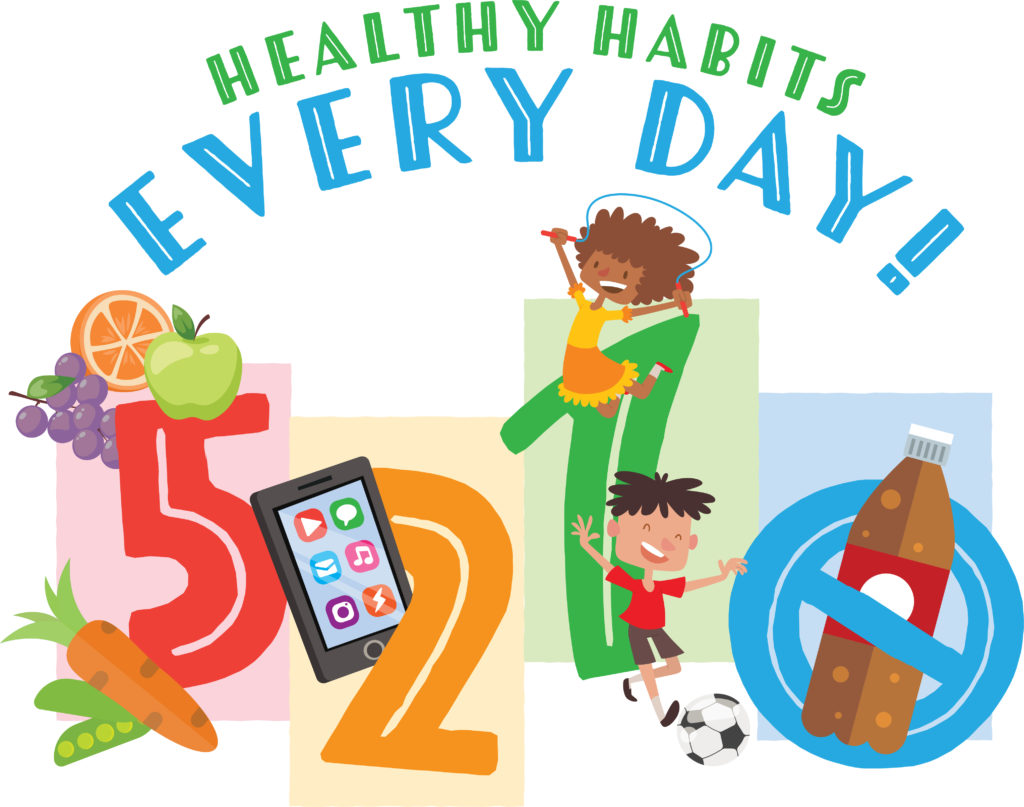Obesity
Obesity is a chronic and complex disease with multiple factors including social, environmental, and genetic factors. Obesity is a chronic disease that is also a risk factor for other chronic diseases including heart disease, stroke, diabetes, and some types of cancer. Many risk factors for obesity and overweight are physical and social determinants of health and include availability of healthy, affordable housing, healthy community design, built environment, poverty, availability of nutritious food, access to health care, and transportation. Risk factors for obesity often overlap and/or influence one another and can lead to the initiation of weight gain and escalating degrees of existing obesity throughout the lifespan. Disparities in obesity prevalence underscore the need to comprehensively address obesity to improve health equity.
Childhood Obesity
Childhood obesity is a serious problem in the United States putting children at risk for poor health. Today, more and more children are being diagnosed with diabetes, hypertension and other co-morbid conditions associated with obesity and severe obesity.
5-2-1-0 Building Healthy Habits Initiative
The 5-2-1-0 recommendations are guidelines that can help develop healthy habits. We work with partners to promote the 5-2-1-0 guidelines, reduce obesity stigma, and help children and families build healthy habits. Below are some resources to help you incorporate and promote 5-2-1-0 guidelines. If you have questions about the 5-2-1-0 initiative, or want to become a partner, please contact us at gethealthy@snhd.org.

Parents and Guardians
Healthcare Providers
- 5-2-1-0 Flyer
- 5-2-1-0 Flyer (Spanish)
- 5-2-1-0 Poster
- 5-2-1-0 Poster( Spanish)
- 5-2-1-0 Resource Webpage for Healthcare Professionals
- American Academy of Pediatrics Institute for Healthy Childhood Weight
- Learn about how you can use 5210 in your practice at Heal NV
Early Care and Education
Schools
Communication Tools
- 5-2-1-0 Communication Toolkit for Childhood Obesity Awareness Month
- 5-2-1-0 Communication Toolkit (Spanish) for Childhood Obesity Awareness Month
5210 Shop Page
You can order free 5210 promotional items through our online shop! We offer posters, magnets, pins, and lanyards, and are delivered directly to you. To place an order, visit: https://gethealthyclarkcounty.org/shop/
Body Mass Index
Obesity is defined as having excess body fat. BMI can be used to screen for weight categories that may lead to health problems, but it is not diagnostic of the body fatness or health of an individual. BMI is a person’s weight in kilograms divided by the square of the body height.
To estimate your BMI, see the Adult BMI Calculator or determine BMI by finding your height and weight in this BMI Index Chart.
- If your BMI is less than 18.5, it falls within the underweight range
- If your BMI is 18.5 to <25, it falls within the normal range
- If your BMI is 25.0 to <30, it falls within the overweight range
- If your BMI is 30.0 or higher, it falls within the obese range
To estimate a child or teen’s Body Mass Index (BMI), use the Child and Teen BMI Calculator
Following a healthy lifestyle may help to prevent obesity, as well as other negative health outcomes. Start building healthy habits now:
- Make healthy food and beverage choices
- Reduce screen time
- Be aware of portion sizes
- Be active – Adults should get at least 150 minutes of moderate-intensity activity per week and children and adolescents should be active for at least 60 minutes each day.
- Get enough sleep
Talk with your healthcare provider about your daily habits, medical history and family medical history to determine the best ways for you to improve your health.
